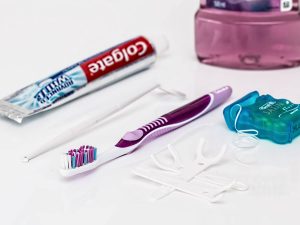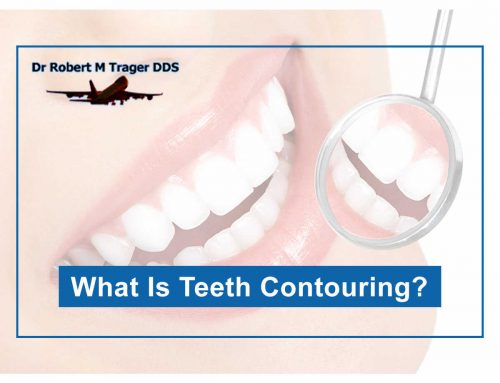
So, don’t be surprised if you see blood when you do it again for the first time. But why is that? You’ve been brushing your teeth twice a day, right? Why is there blood then? There are several reasons why you could be looking at dental floss with specks of red on it or seeing blood seeping out of your gums when you remove the floss. It can be unsettling… but it can usually be fixed quickly.
Here are some of the correlations between flossing, or lack thereof, and tooth pain
You’re Not Flossing Enough
This is the main culprit. People often figure that brushing alone will take care of the issue. Especially if they use an electric toothbrush. Those spinning bristles are good for something, right? While they are quite capable of doing a very good job if done for the fill two minutes and each quadrant has been hit, they cannot hit every nook and cranny and flossing is the backup to that.
Flossing daily has a twofold benefit – first of all, it helps keep the gumline clear… and it also helps promote their health, too. That’s why it may initially hurt and bleed as you first start up again, but after a few days, it becomes much less painful and bloody… and soon enough, there won;t be any pain or blood as you make it a habit. Then you can look at your pink gums and be very happy.
You’re Using The Wrong Technique
Even if you floss enough, sometimes the technique can be the culprit to why your gums and teeth are still sensitive even if you’ve made sure that you are doing this every day. It all comes down to how you wield the floss, what way you bring it through each gap between tooth and gum and what direction you move it when you are trying to get the particles out.
First of all, you need the right amount. Peel out about 18 inches of floss – this way you can always make sure that you have clean floss as you move the dirty parts along after each tooth. You are not a lumberjack and you are not trying to saw trees when you are flossing. Gently put the floss between your teeth – it’s not something that needs to be snapped in. As far as the actual flossing, it’s not a rough see-saw motion, but more of a gentle rubbing one. Curve the floss around the tooth. Make sure that the floss is clean each section.
Other Reasons

The cavities can be avoided if you also brush your teeth and make sure to see your dentist twice a year. That way, the size of any decay will be a lot smaller as compared to one who only goes once a year. While some gum disease can happen between appointments, it will largely be mitigated. There’s a reason the twice yearly visits are recommended, after all!
Flossing is extremely important when it comes to taking care of your teeth. It should be done daily.. and if there are hard-to-reach areas of your mouth with conventional floss, then you can also use flossing picks for those spots when you finish your regular routine. It’s worth taking that extra two minutes out of your day to do this – your teeth and gums will thank you.
It may be hard at first, especially if you see blood or if it hurts when you first begin. If you don’t have the problem with fillings or cavities, then it’s important that you press on with what you are doing, otherwise you run the risk of food particles and plaque sticking in between your teeth and ultimately causing gum disease, which can quickly worsen, especially if you don’t see your dentist regularly.
Dr. Robert M. Trager will gladly teach you how to properly floss. He has many years of dental experience and can help you keep your teeth and gums in perfect shape. Make an appointment to see him at JFK-LGA Dentist today! Call 718-656-4747.
Published By:
Dr. Robert M. Trager
JFK Airport
Building 14 West Wing,
Jamaica, NY 11430
Phone: 718-656-4747
Website: https://jfk-lga-dentist.com





